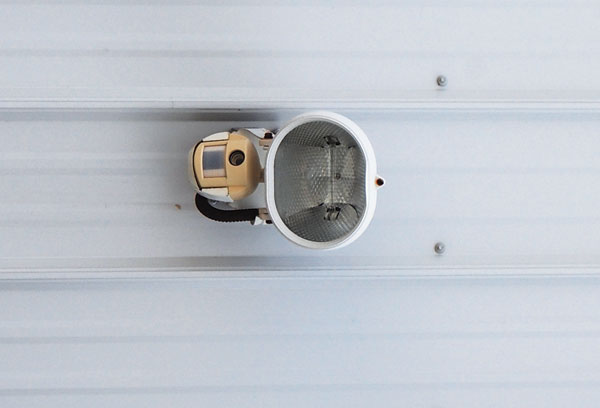In recent years, the number of break-ins at remote hog building sites has escalated. Sometimes animals disappear; other times, equipment, copper or steel are the target. Sadly, cruelty to animals, vandalism and destruction of property have been the motives behind unauthorized entry.

In recent years, the number of break-ins at remote hog building sites has escalated. Sometimes animals disappear; other times, equipment, copper or steel are the target. Sadly, cruelty to animals, vandalism and destruction of property have been the motives behind unauthorized entry.
Following incidents in Iowa last year, the Coalition to Support Iowa’s Farmers (CSIF) began working with the state’s pork producers to help implement measures to thwart would-be intruders on their farms. CSIF and law enforcement officials say utilizing a security camera or surveillance system can help monitor what is going on in and around barns when the owner/manager is not there.
“If there is an incident, the records may help law enforcement apprehend the culprit more quickly,” explains Kent Mowrer, CSIF field specialist. Although cameras and surveillance systems are often thought to be too expensive, many options are available for just a few hundred dollars.
Location, Location, Location
Mowrer says the location of the hog barn helps determine the type of camera system that will work best for a producer’s specific situation. If a hog barn is located closer to the producer’s office or residence, it may make sense to purchase a high-end camera that could transmit video quickly to the office or home, thus enabling a rapid response.
If the hog unit is located farther away, it is more difficult to transmit images, Mowrer explains, so a producer may want to use a motion-activated, still-camera type system with a memory card to capture images.
“If you get a motion-activated, memory-card version, make sure to get one that provides time and date stamps so you don’t have to go through all of the images if there is a specific incident or date that seems suspicious,” Mowrer says.
Because hog barns have multiple points of entry, there are many options for camera placement. The load-out area is one area that should definitely be monitored, he says, citing a recent case in Iowa where a former employee was clearly identifiable when a motion-activated camera captured him in the act of loading and stealing pigs.
Cameras should be located both outside and inside the barn. “Security monitoring systems offer benefits beyond security,” Mowrer explains. “If a curtain malfunctions or an alarm goes off, you can check on the situation. You can also monitor for any animal care issues and make sure employees are actually taking proper care of the pigs. If you suspect someone has been in the barns, you can check the security camera images to find out when they were there and what they were doing.”
Make a List
Mowrer says producers should start by creating a list of what they hope to gain from a security system. Their needs will then dictate what type of camera to seek. Do you want color or black-and-white images? Does your location lend itself to a video transmission, or would time-stamped photos recorded on a memory card work better?
Some suppliers who handle hog equipment have tested cameras that stand up to moisture. Prices can range from $150 up to several thousand dollars, depending on whether the camera offers advanced technological features like live-streamed video.
CSIF recommends checking camera selections available from Northern Tool and Equipment at http://www.northerntool.com/shop/tools/category_security-equipment or QC Supply at http://www.qcsupply.com/home-outdoors/safety-products/security-monitoring.html because there are a variety of price options available on durable camera systems.
For more information, contact CSIF at (800) 932-2436 or visit www.supportfarmers.com.
About the Author(s)
You May Also Like


